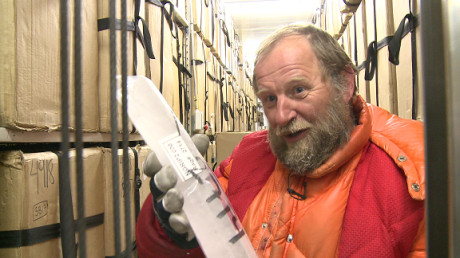A Danish ice drilling project has conclusively ended the discussion on the exact date of the end of the last ice age.
The extensive scientific study shows that it was precisely 11,711 years ago - and not the indeterminate figure of 'some' 11,000 years ago - that the ice withdrew, allowing humans and animals free reign.
According to the Niels Bohr Institute (NBI) in Copenhagen, the very precise dating of the end of the last Ice Age has made Denmark the owner of the "Greenwich Mean Time" of the end of the last glacial period and beginning of the present climate - the so-called International Standard Reference.

Kilometres of ice
It took several thousand years to warm up the earth and melt the kilometre thick ice caps that covered large parts of the northern hemisphere during the last glacial period and as a result the transition from Ice Age to the current period has lacked a clearly defined point in time.
The answer has now been found in the NordGrip drilling project in Greenland.
"Our new, extremely detailed data from the examination of the ice cores shows that in the transition from the ice age to our current warm, interglacial period the climate shift is so sudden that it is as if a button was pressed", explains ice core researcher Jørgen Peder Steffensen, Centre for Ice and Climate at NBI at the University of Copenhagen.
Ice core reference
When ice cores, that are formed by annual snowfall that is compressed into ice, are drilled out and analysed, the three kilometre ice cap in Greenland has acted like a filing cabinet of the climate detail of past geological periods.
"It is the first time an ice core has been used as an international standard reference for a geological period and it is a great recognition of our extremely detailed scientific data", Jørgen Peder Steffensen said.



Reader Comments
to our Newsletter